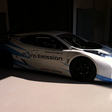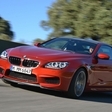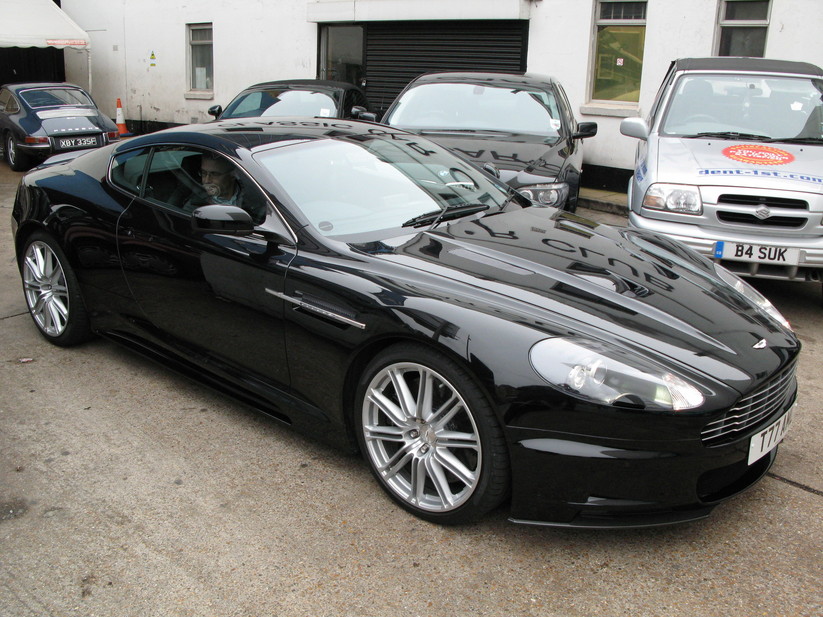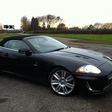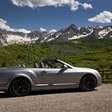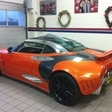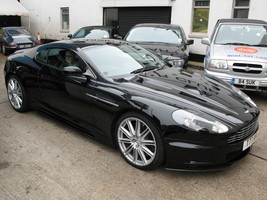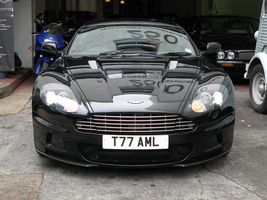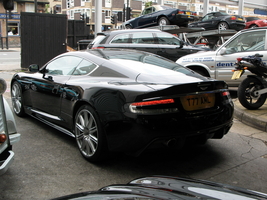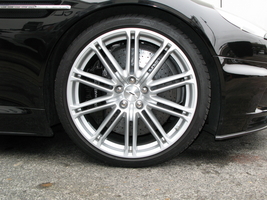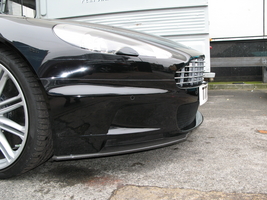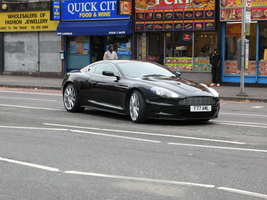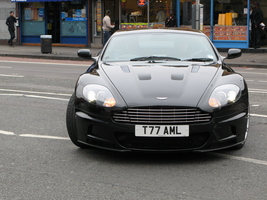|
Send this page to a friend! Fill in the form bellow | ||
Reviews
The Opinion: Aston Martin DBS manual
The words Aston Martin bring about a plethora of images for most of us. Unfortunately for me, despite the best work of Daniel Craig I think of tow trucks and slightly disappointing dynamics. Therefore, when this Tungsten DBS arrived on the drive it faced an uphill task to convince me of its place among the highest echelons of GT car aristocracy.
I have thus far been slightly harsh, and I do not want to suggest that Aston Martin do not produce some excellent machines. I particularly like the latest 4.7 V8 Vantage, but this is a car that is trying to command significantly more cash.
The good news is that despite the car clearly borrowing the same styling cues as the inherently ‘right’ DB9 it does look like a step up in the food chain. The (slightly cringe worthy) Emotion Control Unit, or key to the rest of us, has some serious heft to it and is more of a bespoke unit that Crewe’s competitor although when firing up the car I couldn’t help but be slightly confused. Looking through the door mirrors the cars haunches are pronounced and it does hark back to the last hairy chested Aston Martin, the Vanquish.
We know what the car looks like though, and collectively we can make our own minds up about it. What I was really interested in was how it drove, what was this car going to do that others couldn’t do, or didn’t aim to do?
The Good Bits
Firstly, we shall look at the aspects of the car that felt inherently right. In Britain we have developed a knack in recent years of producing cars with excellent suspension set ups. In short it is not too hard, which for me is a real boon in a car of this nature. Over our country ‘B’ roads the car feels composed, well damped and comfortable. One immediately feels like the car is working with you, the rear end stepping out only when provoked and never in a malicious way that would catch out the unwary.
The gearbox itself is of great credit to the car and works well, with a nice clutch action and it is easy to be smooth from the off. This is particularly of interest for those of us who love a good manual gearbox and the challenge of a good heal and toe gear change. So, the gear box is good, and so is the engine, it pulls strongly to the red line and has a relaxed nature that is unlike the highly strung V12 in the 599. If one were to set off to the South of France, this would surely be high on the list of cars that would eat up the miles with consummate ease.
The Not So Good Bits
However, there are some niggles. This is not a mass produced German, but a low volume Brit which does not have the same parts bin to draw back upon or the budget to engineer round minor problems. The first thing that proves to be an annoyance is something as simple as the position of the gear lever, on more than one occasion my hand crashed into the dash board and the smooth arc that one’s hand usually moves to the gear lever was not replicated here. A minor niggle, perhaps, but in a manual car how many times do you change gear each journey?
The other annoyance for me was the throttle response which was nowhere near good enough. I particularly found it to be a challenge at low maneuvering speeds and while heal and toeing. It not only had a massively long throw, but nothing seemed to happen with an initial prod, before a large dump of revs screw up any chance of a smooth change or getting off the line without sounding like an uncoordinated pillock.
Next we must comment upon the headlights, so used are we to exceptional xenon lights which sweep round corners that we really miss them when it’s not the case in our exclusive GT car. Not good enough is the only conclusion, but then those on a 599 are even worse.
Last week I was inspecting Horatio Pagani’s new Zonda, and among others I commented upon the challenge presented in reading the crystal dials, the same is true of this car, and when this is coupled with the difficulty in operating the prehistoric satellite navigation the only conclusion that can be drawn is that some substance has given way to style.
Wrap up
So, this is a good car. However, the throttle response and the positioning of the gear lever linked with the minor niggles stop it from being peerless. I was left wondering why this car moved the game on so far from a good 550 Maranello, which I don’t think it does. Having said that, this is not the best version and by ticking the automatic box I think the car would present a more convincing option for the classy trans-continental traveler.
Other articles from this series:
Encyclopedia | Engine V 12 Displacement 362 cu in Top Speed 188 mph Transmission 6, Manual with overdrive Maximum power 517 hp @ 6500 rpm Type Fixed-head coupé Fuel Petrol Fuel consumption (combined) 13 US MPG | price $ 269.000 annual ownership cost $ 5.475 |
Contribute
latest articles



popular articles
